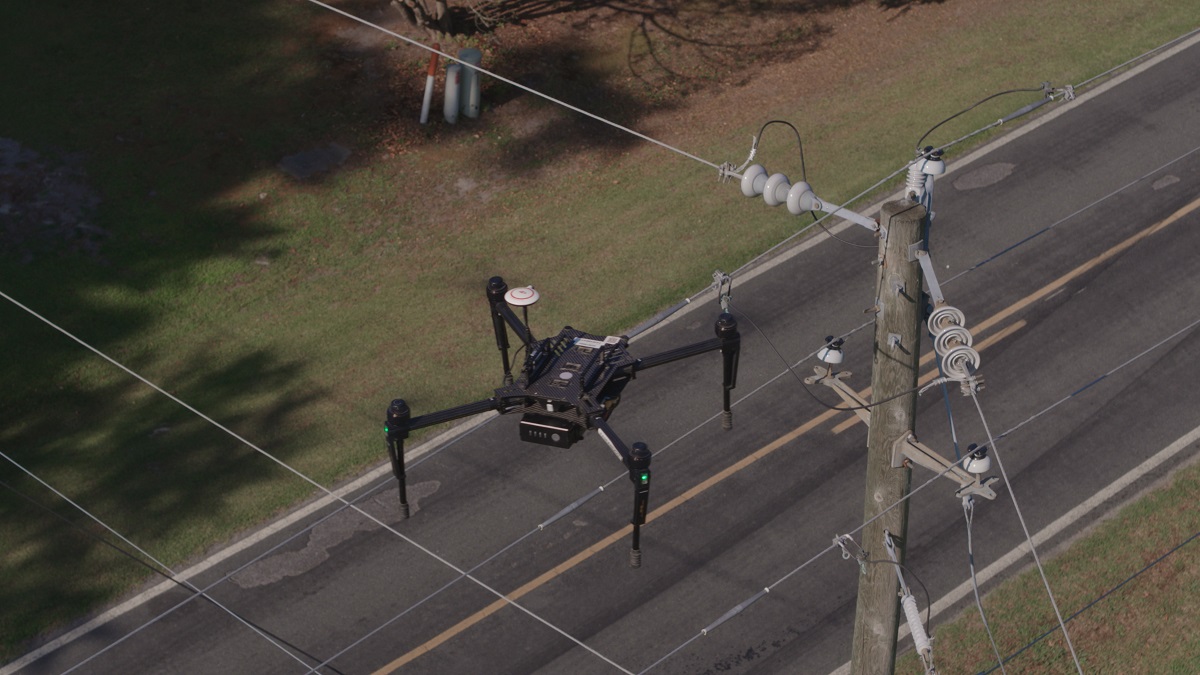
Why Utilities Need the Right Data to Empower Action
While data can be an invaluable tool for utility companies, what happens when there’s too much of a good thing?
Many utilities have vast amounts of asset data. This is unsurprising given the worldwide data sprawl. There were 2.7 zettabytes of digital data in 2017—and this number is predicted to balloon to 175 zettabytes by 2025.
There’s now so much information out there that it’s become incredibly difficult to separate the important from the insignificant. As a result, key insights that could empower utility professionals to take timely actions remain locked away inside databases.
But the volume of data alone isn’t the only challenge for utilities. The challenge is collecting the right data—data that is clean, accurate, and fit for purpose.
Armed with the right data, utilities can take timely, meaningful actions that can help increase safety, customer satisfaction, and cost savings. Data can mean the difference between uptime and downtime, customer cost savings and rate hikes, growing margins, and crippling expenses—even life and death.
With that much at stake, how can utilities ensure they’re collecting the right data and deploying the right technology to effectively manage their assets?
It starts with data collection
When assessing which data collection methods to use, utilities should choose whatever modality best fits their mission based on the timeline, required resolution, safety risks, and cost per unit. Options range from ground crews to drones to satellites—each has its benefits. But without knowing exactly which data to collect and the best collection method for the use case, utilities can find themselves with too much information and not enough insight.
Collecting the right data often comes down to details. Capturing the right image angles, for example, can reveal critical asset information you might otherwise miss. In many cases, drones are a great option to capture images of angles inaccessible to ground crews and manned aircraft. When it comes to image focus, ultra-high-resolution cameras, LiDAR models, and image analytic algorithms ensure that even the smallest issues are easily visible, helping you maximize value from your data collection efforts.
You’ve got the right data. Now what?
Collecting the right data to ensure positive business outcomes can result in datasets in the millions of images. When you have this amount of data, processing it is a time- and resource-intensive task. That’s when machine learning comes into play.
Manual processing of large datasets can take anywhere from one week to more than four weeks. Machine learning models can drastically shorten this process by quickly narrowing down the number of images to be reviewed by humans. Now, instead of having a team of analysts scrolling through thousands of images to pinpoint potential issues, the utility can train a few analysts to inspect images that are flagged for review, slashing processing times from weeks to just days.
Speed isn’t the only benefit. Machine learning algorithms are self-learning, meaning they become more accurate the more data they’re exposed to. Their standards are not biased by human error or perspective, making them even more precise.
A Southeastern electric utility experienced the difference between the wrong data and the right data during a recent asset inventory. After realizing their manual methods of data collection, processing, and analysis were too slow to meet project deadlines, the utility modernized its data collection and analysis with a drone- and AI-powered plan.
The utility identified more than 17,000 pieces of inaccurate data in its database. Eight percent of pole tags were incorrect, and 26% of poles were missing tags. All told, there were 1,500 updates to pole class and height data. Perhaps even more impressive, the utility improved the accuracy of its data while also accelerating collection and processing—what took more than six months with ground teams was accomplished in less than six weeks with the modernized methods.
By collecting the right data and applying the right technology for the use case, the utility was able to make incredible headway in its modernization program.
Empower action with data-driven insights
For utilities, asset data can be an invaluable resource that informs about damaged components, aging equipment, and vegetation encroachment, providing an opportunity to mitigate or repair these issues before they turn into big problems.
But data sprawl and collecting the wrong data can hinder progress. Unfortunately, too many utilities struggle to produce and identify quality data to inform decision making. By collecting the right data for the use case and applying technologies such as machine learning, utilities can reduce human error, increase speed and efficiency, and decrease costs.
Kristen Ellerbe is VP of Product Management & Design at PrecisionHawk














